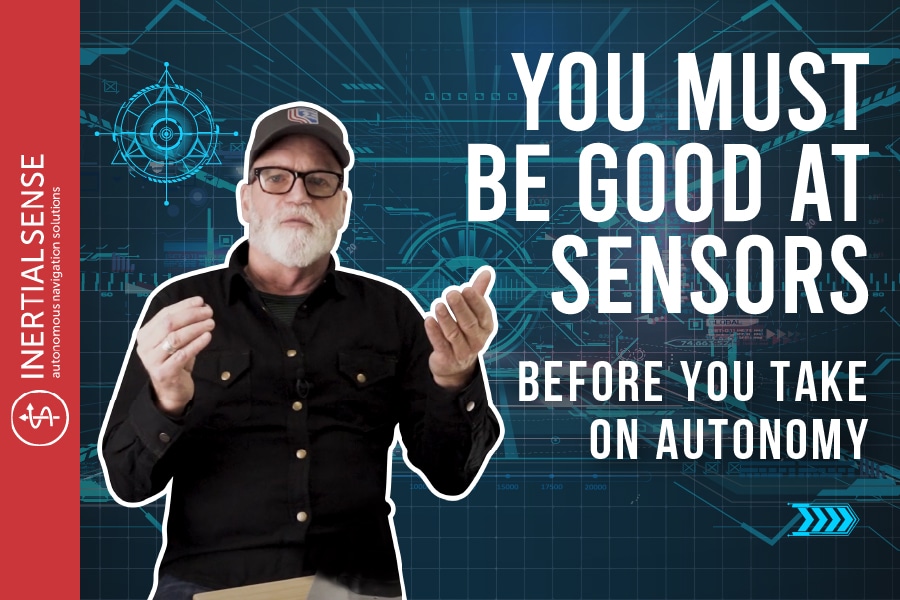
LUNA Sensors 101
I’ll take a stack of pancakes…wait, what? Oh, you mean a full-stack solution! Well, what is a full-stack solution of sensors? We’ll start with the core. Watch the video below to learn about the basics of one of the best inertial sensor solutions.
Knowing where you are is the distinction between where you’re going or can end up.
Having an advanced inertial sensor solution as part of your platform can help eliminate a lot of errors.
The DNA of a ‘perfect’ inertial sensor takes into consideration many factors. It is not only sophisticated but the sensors are also calibrated after manufacturing. This makes a difference because it is calibrated to the specific needs of your autonomous vehicle or device. The experience that comes with an inertial sense sensor includes air, land, and sea applications, broadening the amount of data you receive.
Click here so Inertial Sense can guide you to the best full-stack solution and sensor for you and your autonomous device!
Learn More:
The Inertial Sense LUNA Platform Overview – Autonomous Navigation and Localization
IMU Sensors 101 – Pros & Cons of Sensor Types
The Best Sensors for Autonomous Navigation
Video Transcript
So what do we mean by a full-stack solution? Well, let’s start with what the core is.
If you don’t know where you are, you can’t tell where to go.
So you’ve got to have an absolutely fantastic inertial sensor solution as part of your platform.
And from the start, we’ve always been about very sophisticated sensor fusion taking place on the smallest platform possible. That’s important when you get into high production environments and things like that.
So between the sophistication of the sensor fusion, calibration that we do to these sensors even after they’re manufactured, and then our own experience across a wide variety of applications, which include air, land, and sea applications. All that DNA goes into this being the perfect inertial sensor for autonomy.
If you want to find out more, click on the link below and or call one of us, and we’ll be happy to explain more about our inertial sensors.

